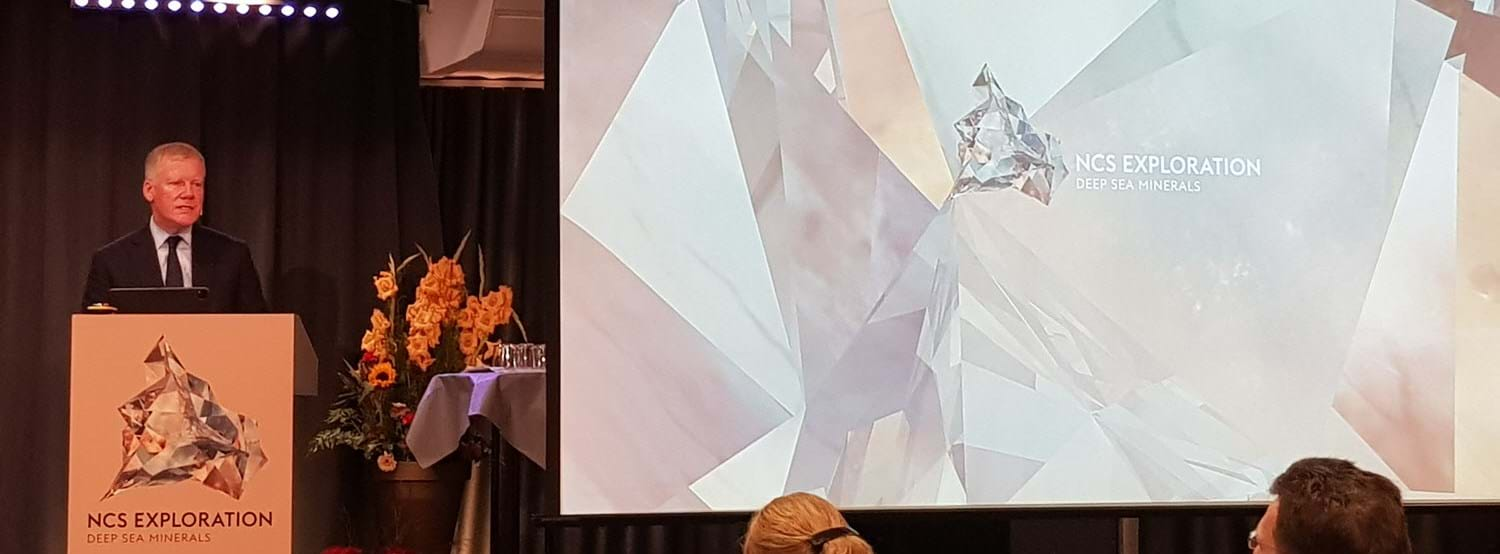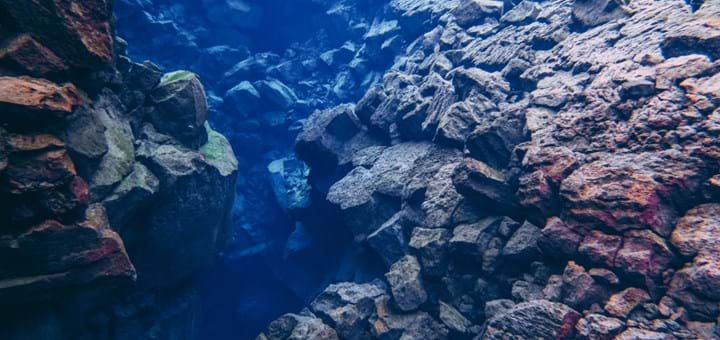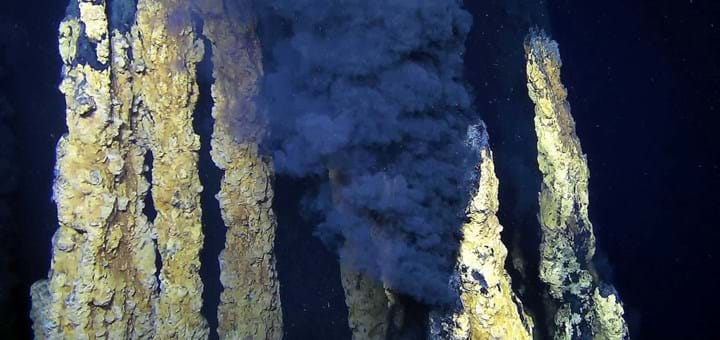Minerals - Key for the Energy Transition

200 people gathered in Bergen to learn more about the importance of minerals in the energy transition and how marine minerals can play an important role in diversification of the supply.
The energy transition requires a huge increase in minerals. IEA estimates a quadrupling of minerals required to meet the sustainable development scenario by 2040, and orders of magnitude for several “energy transition minerals”.
This weeks Deep Sea Minerals conference in Bergen discussed the key aspects related to marine minerals resources, technology, environmental aspects and legal framework.
Lack in Sense of Urgence
This demand for minerals is mainly driven by the growth in renewable energy and batteries. As one example, an electric car uses 6 times as much minerals as a conventional car and Tom Einar Jensen, CEO of FREYR talked about the huge challenges that lie ahead of us. He is worried that we do not have the “sense of urgence” to meet the climate obligations.
The panel discussing critical minerals believe that minerals are key to the green shift and that we need to get the right public perception about the importance of minerals in the energy transition. Several speakers believe we can reach the climate goals by working harder and closer together.
No Silver Bullet
Several speakers emphasised that we are faced with very difficult trade-offs and no option is necessarily better than the other. We must not forget the challenges related to both recycling and the reduction of minerals.
Karen Hanghøj, Director of British Geological Survey, was one of the speakers that highlighted that recycling and reduced consumption alone is far from sufficient to meet the increased demand. Mining of new materials is key to enable the rapid energy transition we need during the next decades.
There are still many questions related to marine minerals and many agrees it is to early to tell whether it will be the preferred options in the future. Hanghøy believes that diversification of supply is important and that marine minerals could contribute to this.
No Gold Rush
There has been an increase in the interest for marine minerals as the demand for minerals is rising and both national and international legal framework is about to be finalised. However, Michael Lodge, Secretary-General of the International Seabed Authority (ISA) do not agree with people referring to this as a “gold rush”, as he also stated when he opened the conference.
Lodge emphasized that the exploration of marine minerals is based on 40 years of science, technology and innovation, which is increasingly maturing. There are currently 31 exploration licenses managed by ISA in international water. Legal framework for exploitation is being finalised.
Kris De Bruyne from GSR presented the results from the Patania II pilot in the Pacific conducted earlier this year. The first small scale commercial production is planned already in 2024 and steady state large scale production by the end of this decade.
Contact Information


Facts
GCE Ocean Technology has taken an active role in the investigation of the possibility to establishing a new industry within marine minerals.
The cluster has hosted several seminar and conferences as well as established large spin-off project to develop the industry.
Moverover, GCE Ocean Technology is hosting the Arena Marine Minerals cluster initiative.



